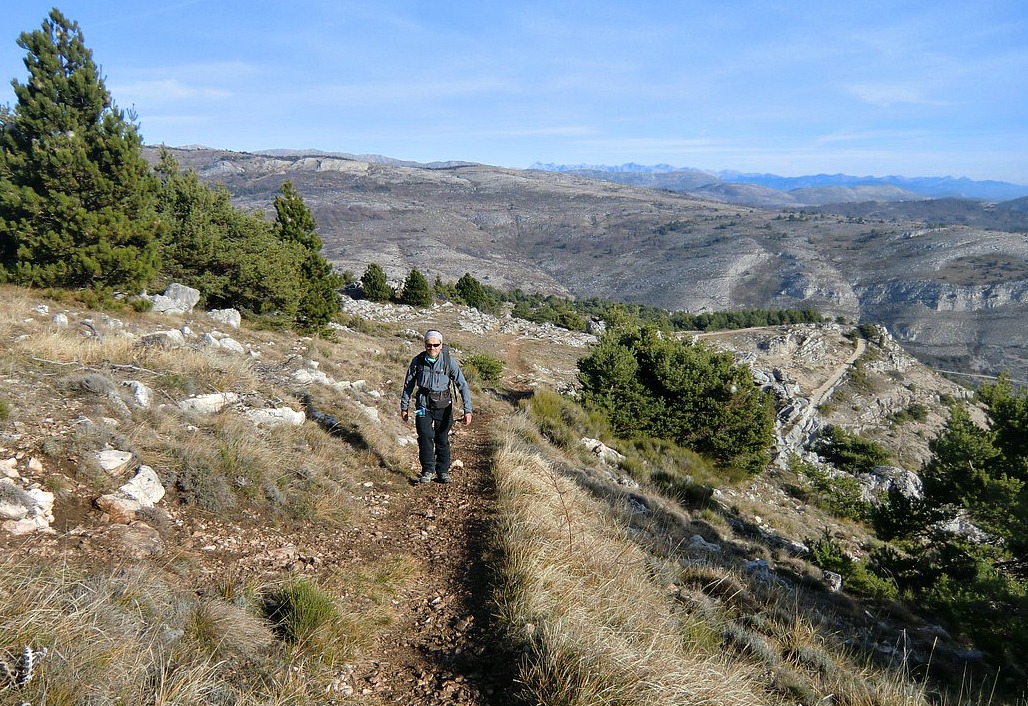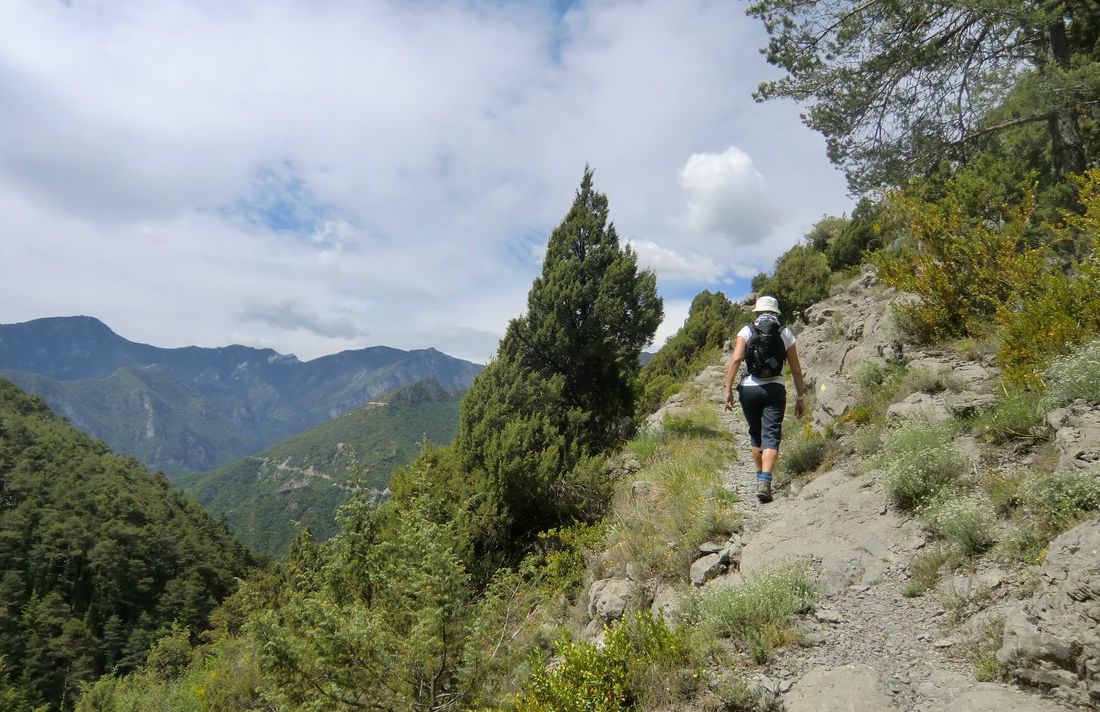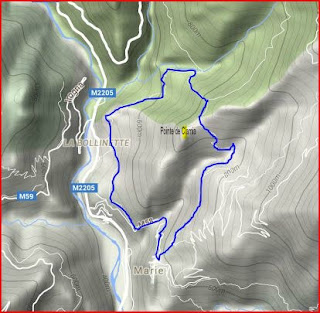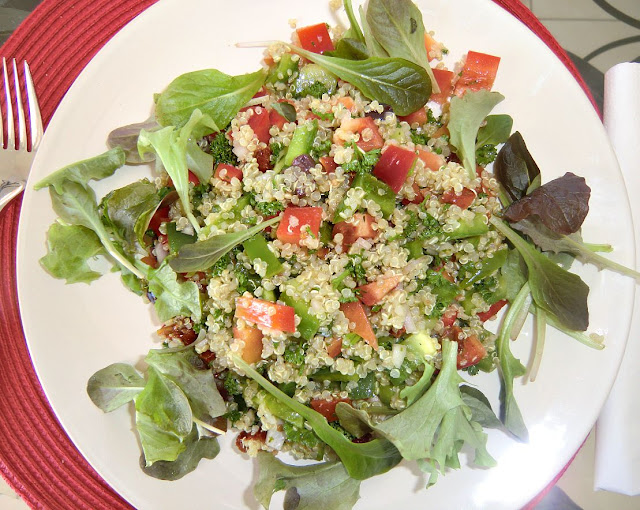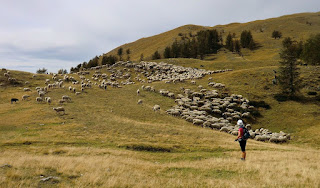Plums with calissons

Calissons,the small oval cakes made from almonds and candied melons and covered with marzipan are typical of Provence. It is believed that calissons have their origins in medieval Italy. After almond trees were introduced in the South of France, Aix-en-Provence became famous for its calissons.
I think that these small cakes are best when combined with some fruit dessert such as fried plums. In this recipe, the plums are fried in olive oil with a little brown sugar and then sprinkled with genepi. Genepi is a traditional liqueur in the Alpine region and includes herbs that blossom at high altitudes during July and August. So this recipe connects Provence with the Alps, but of course you could use any liqueur that you prefer to heighten the taste of plums.
4 servings
About 400 g plums, preferably an assortment of different plums
1 tbsp brown sugar, cassonade
1 tbsp genepi
1 tbsp olive oil
To serve: 4 calissons
Wash and dry the plums. Halve them and remove the stones.
Warm the olive oil in a large frying pan, add the plums and sprinkle with brown sugar. Fry the plums about 10 minutes until softened and sprinkle with genepi.
Divide the warm plums on the plates and serve with calissons.














